Buying Vintage Watches: Condition or Rarity?
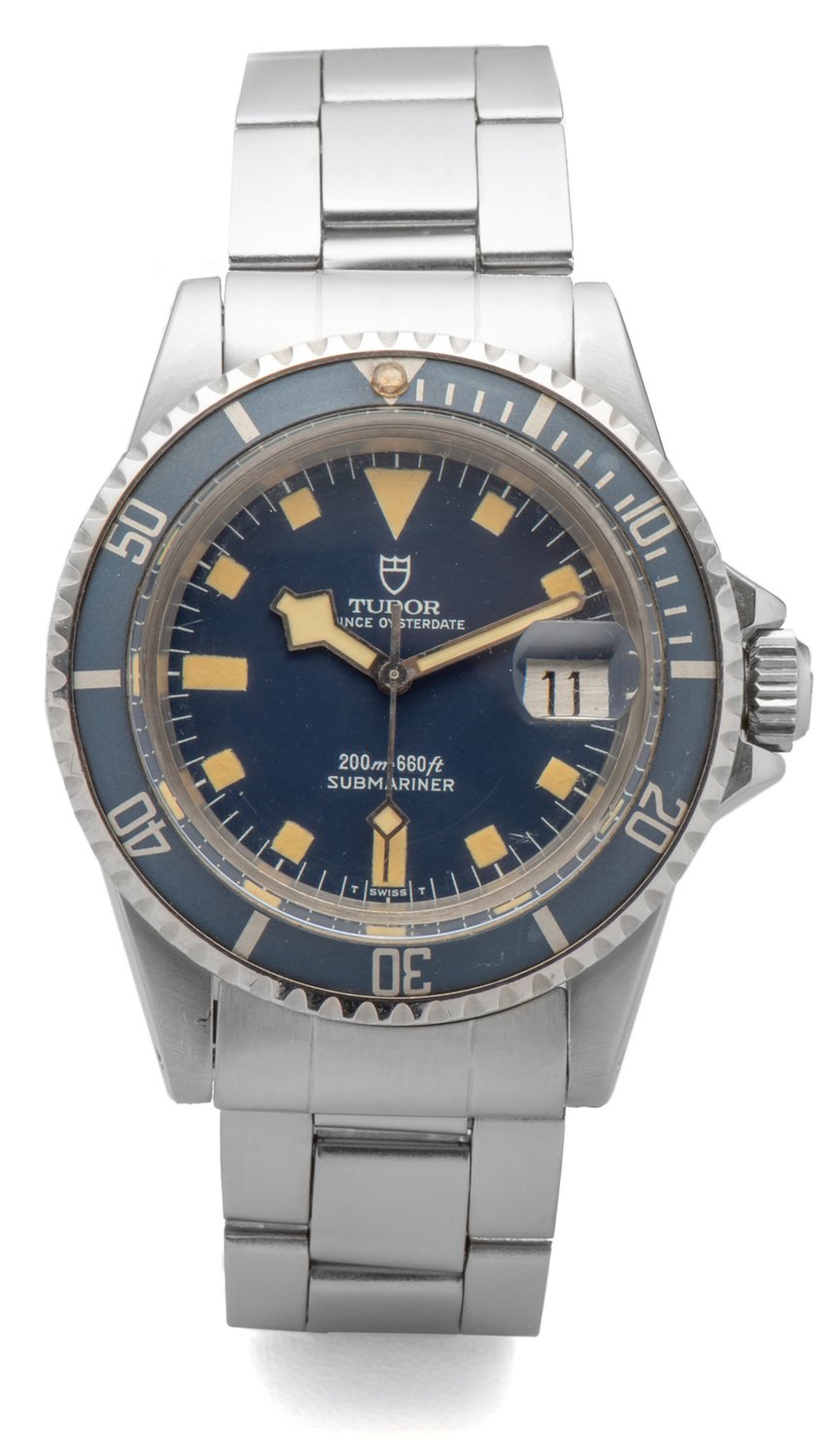
Published: Aug 30, 2021
Do you opt for condition or rarity when buying a vintage watch? With so many considerations to factor in, buying vintage watches from the pre-owned market can be an overwhelming task. This article outlines some key factors to consider before purchasing a vintage watch, including how to balance quality and rarity when weighing up whether the price of the watch is worth the investment.
Vintage watches vary vastly on the second-hand watch market. As a general rule, popular vintage watches tend to rise in value depending on the demand from collectors and their rarity. Likewise, it’s important to understand that when buying a vintage watch manufactured by a prestigious brand you pay for provenance, materials and the rarity of the movement above other factors like style. There are many luxury watch manufacturers currently recreating popular vintage watches from a time gone by. The “vintage look” is a popular style to own. Today, modern sports watches often echo the style and look of popular luxury steel sports watches from the 1960s and 1970s. The porthole-inspired look of many dive watches from the past like Audemars Piguet’s Royal Oak and Patek Philippe’s Nautilus, for example, are proving to be some of the most sought after and expensive vintage watches to own right now.
The cosmetic condition of a vintage watch
There are several ways in which you can determine the condition of a vintage watch before you buy it. The first thing to remember when considering the condition of a vintage watch is that you should never discount a visibly aged watch – it could be valuable. If you know which vintage watch you want to buy, you’ll already know whether it’s rare or not. If there are several on the market at any one time, choosing a model with less visible signs of wear and tear is wise. If there are very few on the market, however, the decision then becomes more about whether you want to risk waiting for the same watch in a better condition to come along, or whether you should snap the watch up before someone else does.
Of course, cosmetic condition is considered best when the metal of a watch retains all its factory finish. When it comes to buying vintage watches, it’s incredibly rare to find a model in such good condition, however. In such an unusual case, the crystal glass would be unblemished and unmarred by dents and chips and the hands on the dial should remain untouched and appear in their factory state. The case, bezel, crown, clasp and bracelet of a vintage watch should all be considered thoroughly before making a purchase. This wear and tear from an aesthetical point of view is also relevant to the age of the watch and its year of manufacture.
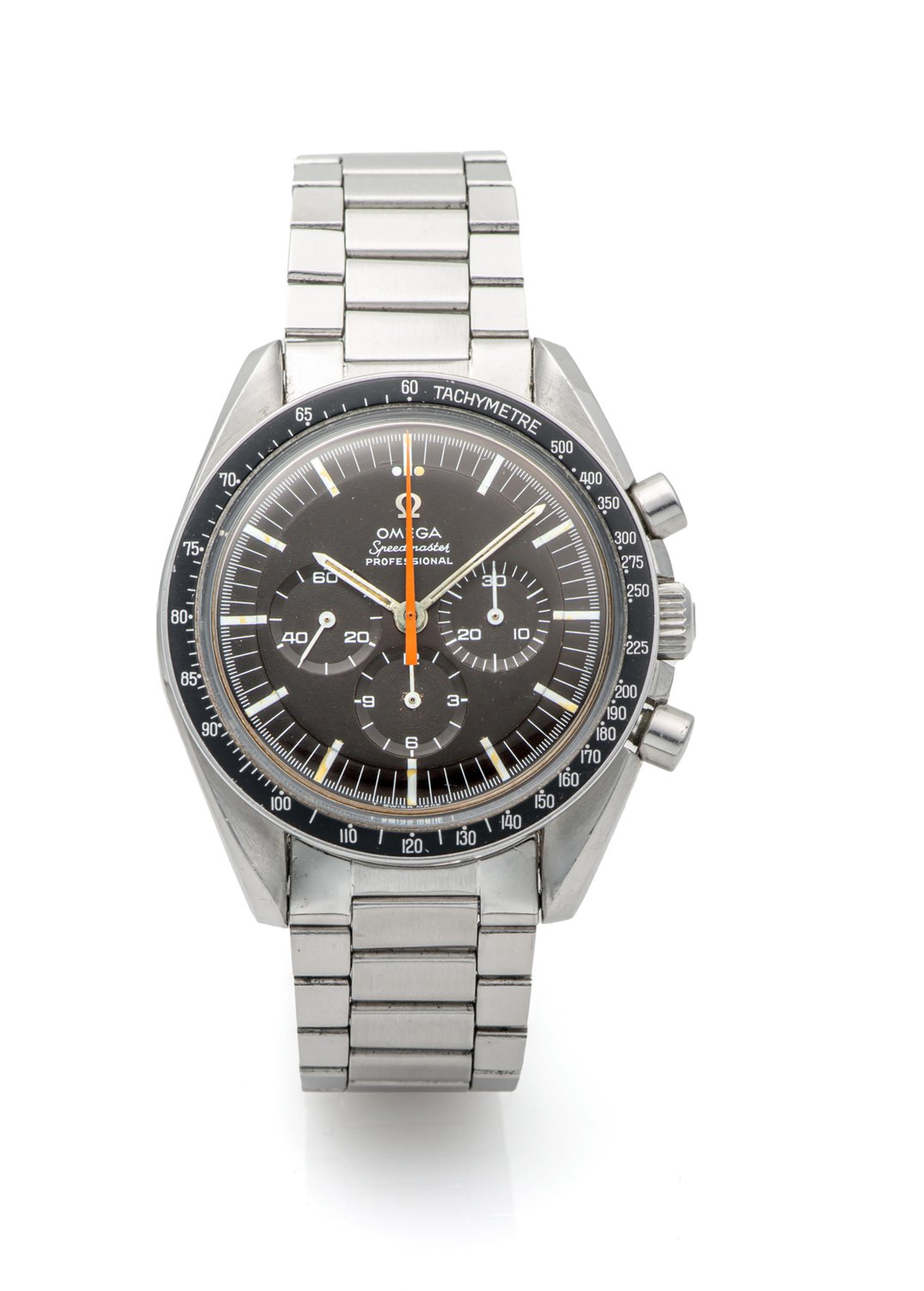
Scratches
Scratches refer to the channels drawn across the metal of a watch case. Some scratches can be deep enough to be felt under the fingertips, others are just visual. It is worth considering that the scratches on a watch case can sometimes be removed by a professional. Others believe that some level of “wear” on a vintage watch adds to its appeal and character. Scratches visible to a watch case can deduct the value of a watch. More value will be deducted from the price of a gold watch compared to a stainless steel watch, for example. In the same vein, the value of a platinum will deplete more than a gold watch.
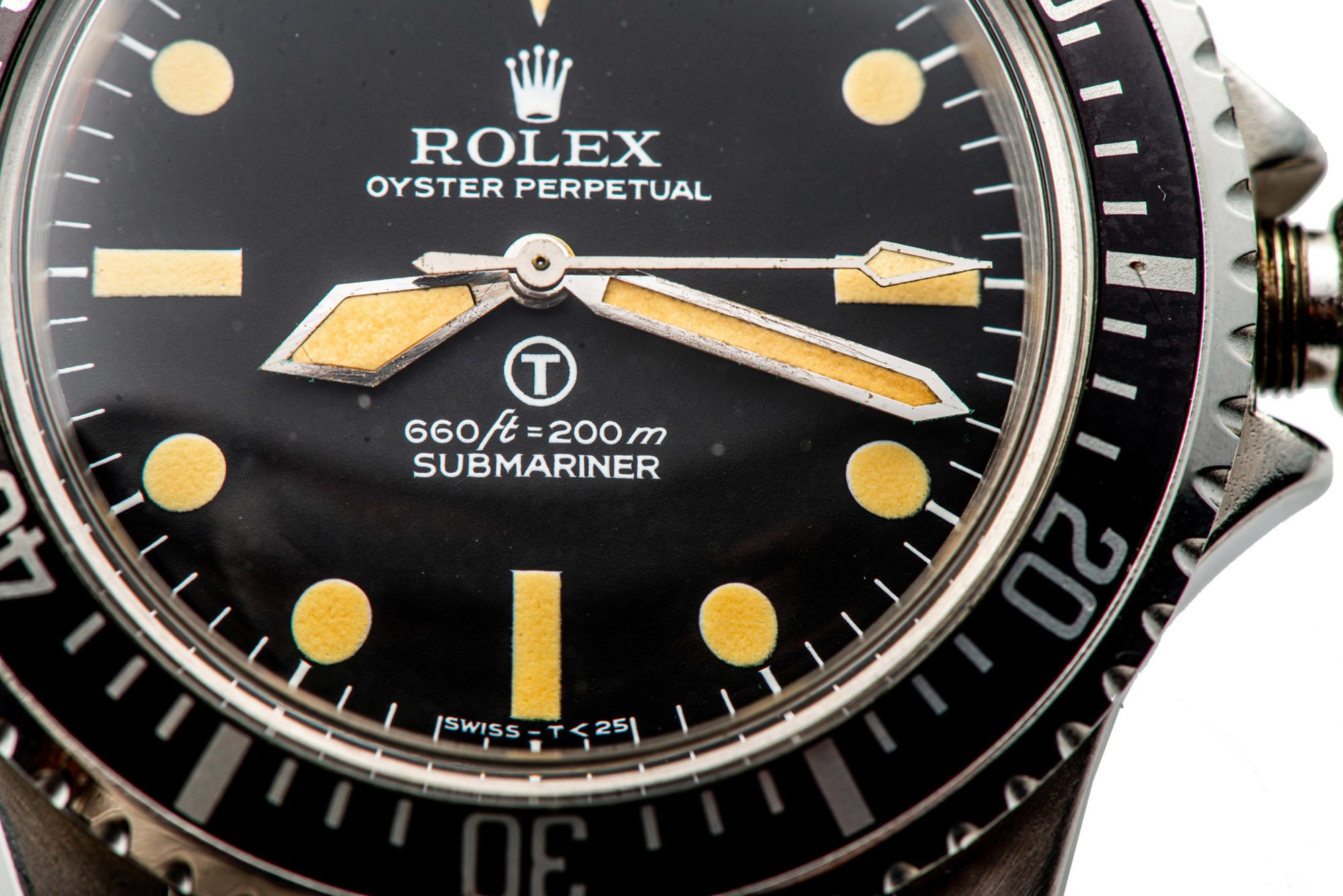
Dents
Dents are considered more serious than scratches when visible on a watch case and are considered to be “damage”. Dents can vary in appearance and severity. Some dents can take the form of a plane of flattened metal whereas others can have a depth like a divot. It is difficult to remove a dent from the case of a watch without considerable expense and effort, so this should be considered before investing in a pre-owned watch with visible dents to its case.
Both the presence of scratches and dents on a vintage watch should be considered carefully before investing. Depending on the level of wear and tear on the case of the watch, an investor may decide that coexisting with the damage (however minimal or significant) far outweighs the disappointment of not owning the watch altogether.
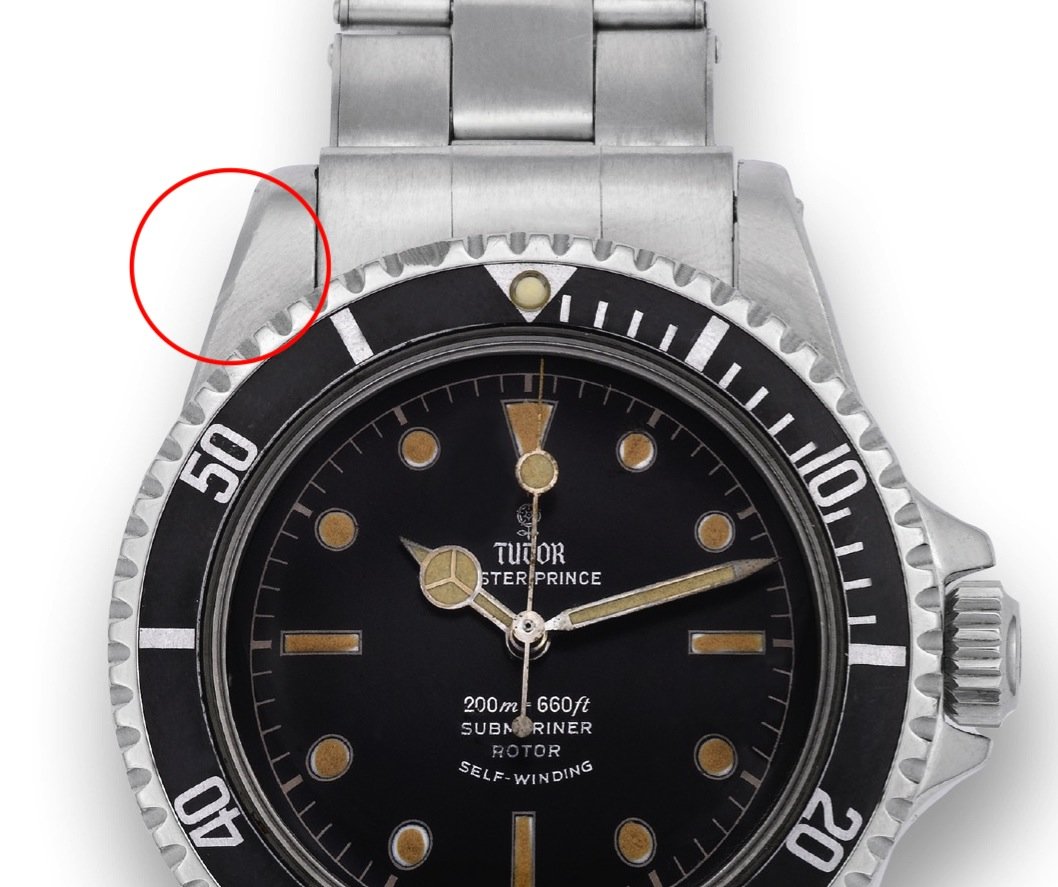
The functional condition of a vintage watch
Functionally, a vintage watch needs to operate as any watch would be expected to do daily. The hands of the watch should advance over time and the date should jump at or as close to midnight as possible. If equipped with a unidirectional rotating bezel, it should move (just like the crown should) as designed. The bezel should move freely in at least one direction and the clasp or buckle of the watch strap should fit into place with a satisfying snap. Likewise, the crown should push into its position correctly and in particular, screw-down crowns should click-in fully to prevent water seeping into the internal environment of a watch case.
As expected, a vintage watch will not retain its water resistance forever. To check the water-resistance of a pre-owned watch it should be tested by a professional at a local jewellery store who can subject the watch to a series of pressure tests without posing any damage to the watch.
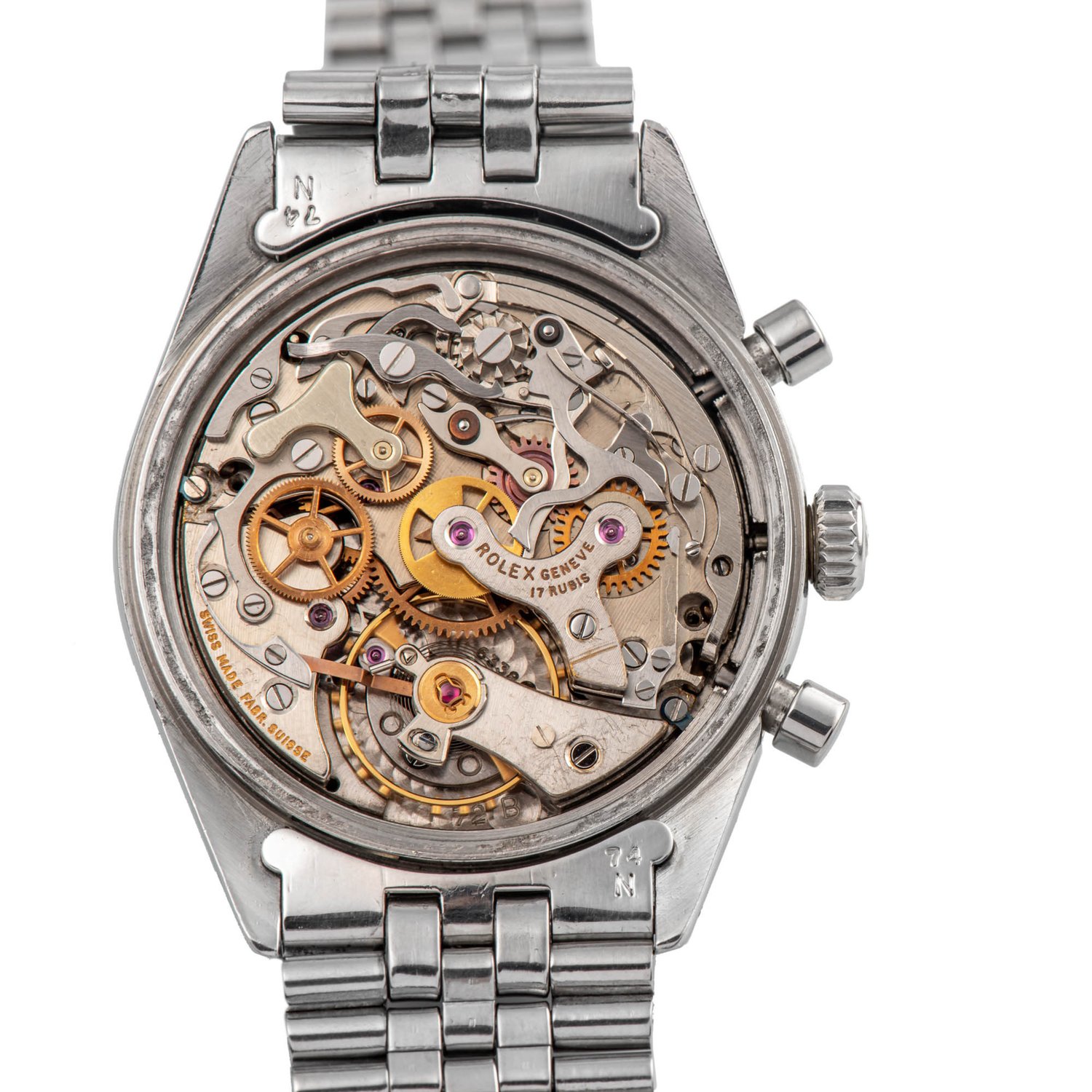
Collectors want a vintage watch to look aged…
Despite checking that the condition of the watch both externally and functionally meets expectations, part of the quest in finding the perfect vintage watch for many is to find a watch that looks aged. A major trend happening on the vintage watch market right now is the desire for a black dialled watch to show a faded effect having been exposed to intense sun and heat. This “tropical” dial look is highly desirable amongst vintage Rolex watches such as the Daytona. These vintage Rolex watches can reach up to five times more than a normal model.
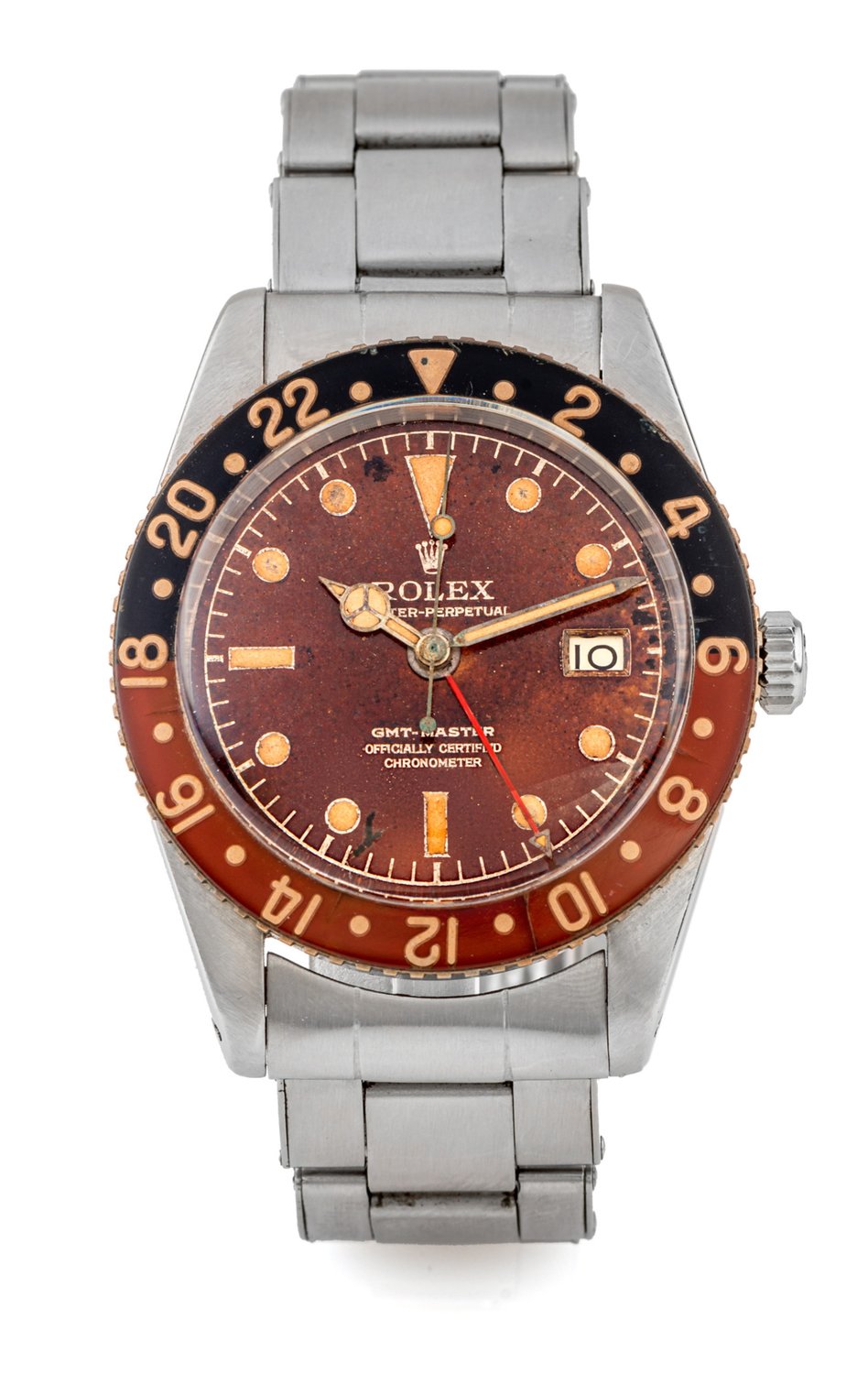
Why are vintage watches becoming so popular?
The right vintage watch can sell for an extortionate price tag. Determined by its rarity and its demand led by its audience, a vintage watch can capture an era of classic watchmaking. Many seek to own a watch that they know no other collector owns. The appreciation of a vintage watch as it grows in popularity is another appealing factor for any collector, even those who don’t wish to sell their timepiece. Whilst modern watches inspired by a bygone era will remain the same price in terms of retail, a vintage watch is set to grow in character and price as it ages. Vintage watches also make for great investments. Whether you intend to wear your rare watch or admire it from its box, vintage watches can make for great heirlooms to hand down a family line, from one generation to another. The Paul Newman Daytona watch by Rolex, for example, became the most expensive watch in the world in 2017 when it sold at auction for 18 million dollars. Its iconic style has remained a hugely sought-after look, with many variations of the Daytona watch selling for more than they initially retailed for.
There is a one-of-a-kind feel to owning and wearing a true vintage watch. It may be a small design detail on a dial or a specific limited edition number that appeals to a particular collector. But vintage watches are desired for many different reasons depending on the model and the collector. As mentioned earlier, the ageing of a vintage watch can certainly add to its appeal. There is always an element of risk when purchasing a watch on the pre-owned market that if you don’t invest in the timepiece once you first set eyes on it, there is a good chance you will never see it again.
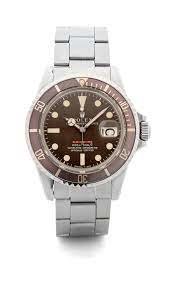
Final points
As with all pre-owned watches, whether classed as vintage or not, the condition of a second-hand watch should always be considered before purchase. Functionally, the watch should operate as any luxury watch should. If the timepiece is not in good working condition it can always be refurbished. The cost and time taken to recondition the watch should always be considered before purchasing, however. Aesthetically, the condition of a watch will always vary depending on one person’s opinion against another’s and how rare the timepiece is. If the vintage watch is desirable enough, factors like dial and bezel patina and other visible signs of wear are often considered an integral part of the design and thus a significant slice of the brand’s history.
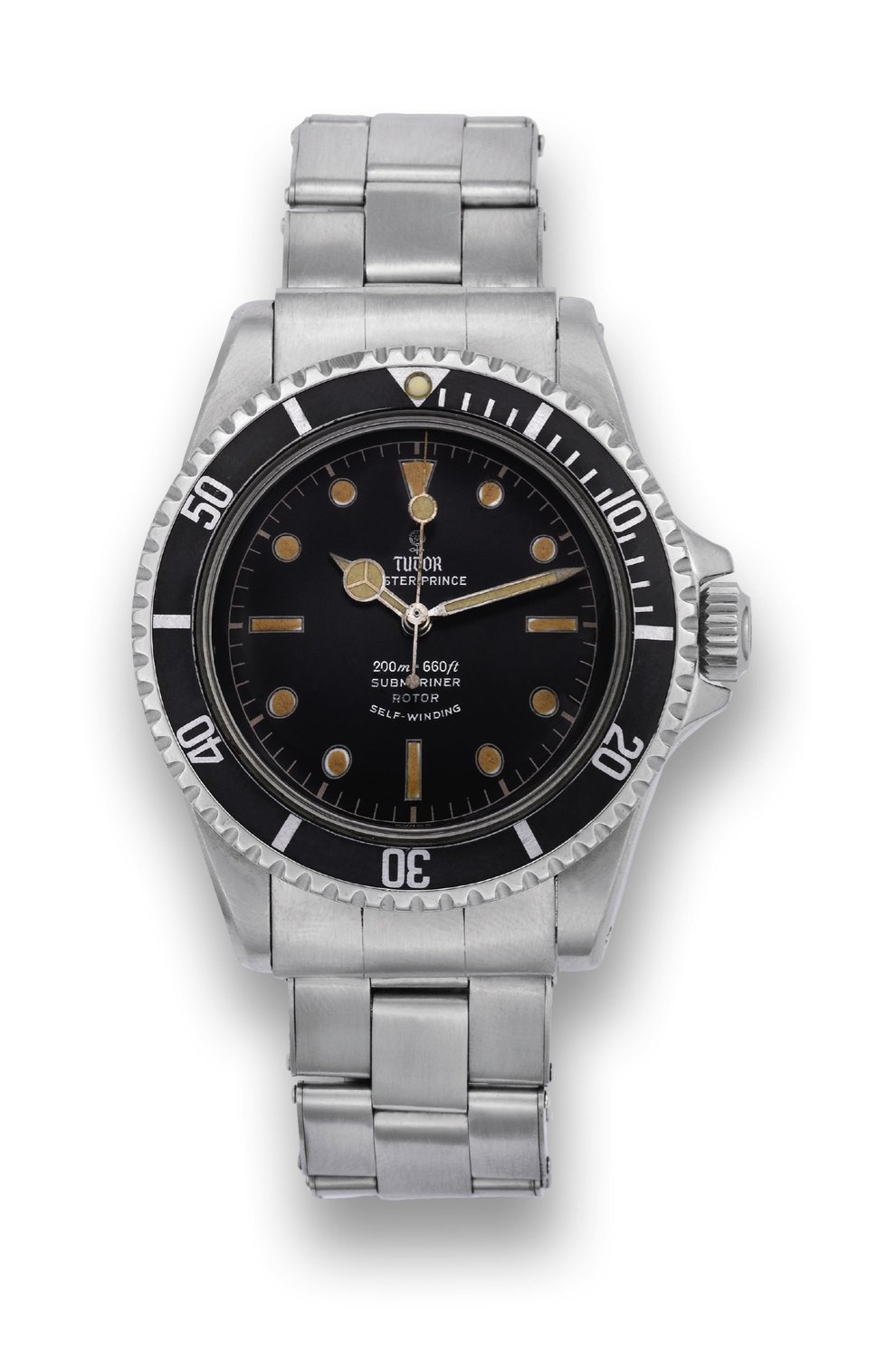
More Guides
For more watch-guides helping you to find your next or first watch take a look at our buying guides selection where we cover from brand specific guides to helping you decide which Cartier watch you should buy if you want them to hold value or for those who love sports we have the dive watches guides.